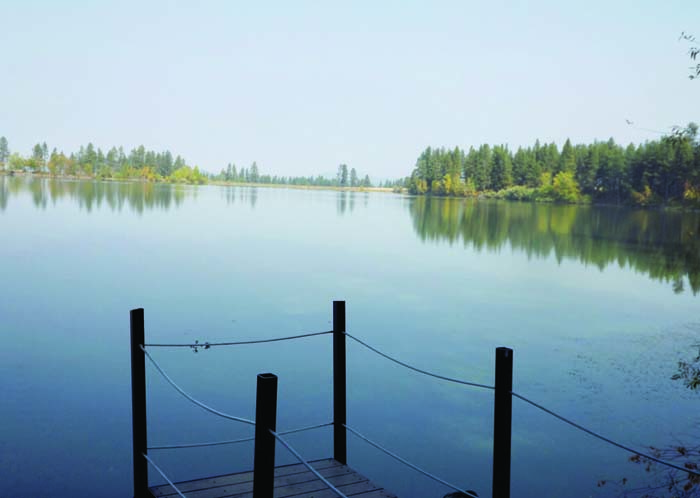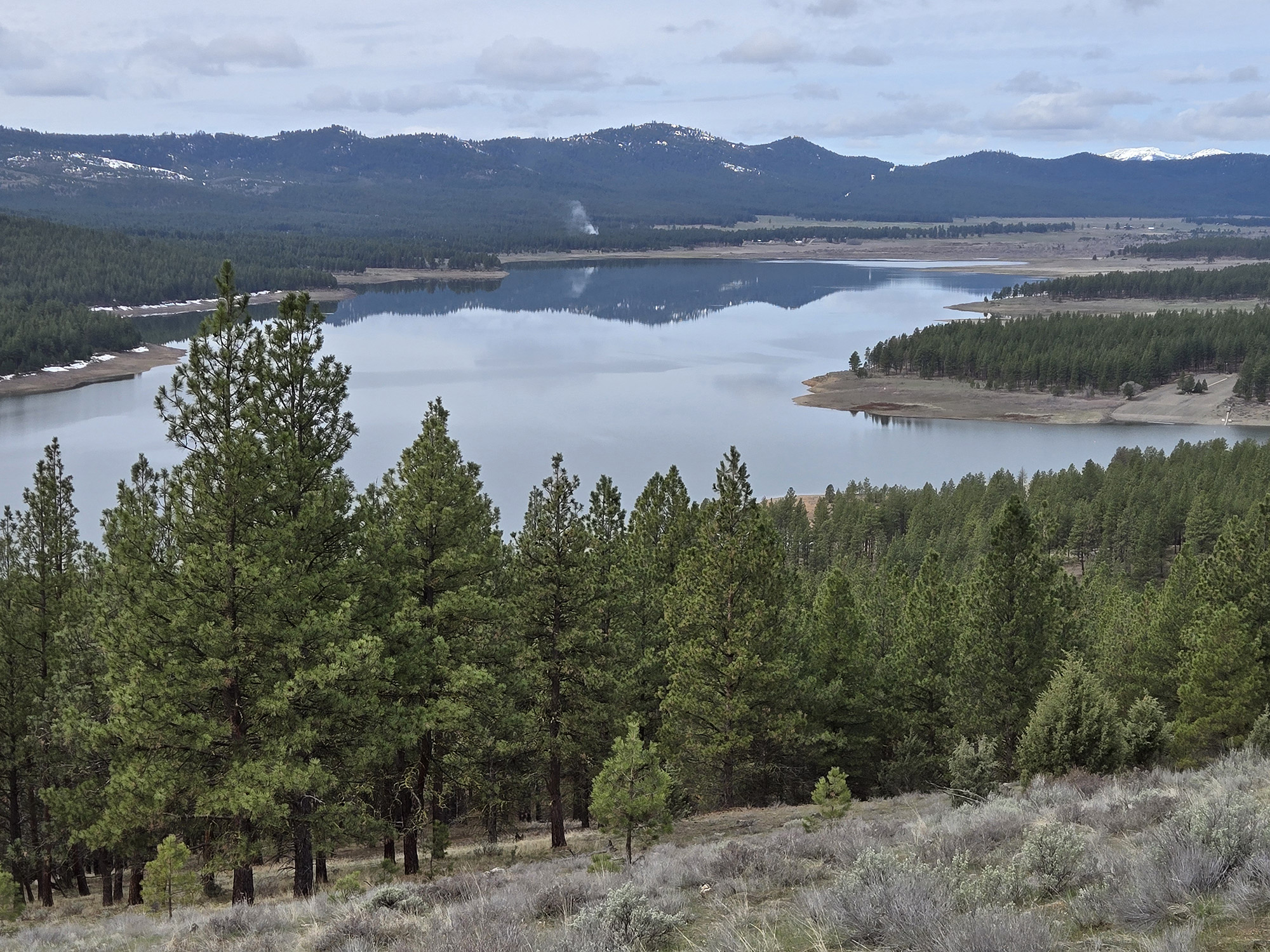Making the outdoors accessible to all
Published 8:15 am Saturday, November 14, 2020

- Morgan Lake is one of the accessible fishing spots identified by the Oregon Department of Fish and Wildlife. The area features two boat ramps, four fishing piers, picnic tables, a new restroom and updated trails for easier access. Morgan Lake closed to fishing for the season on Oct. 31. The lake reopens for fishing in April 2021.
LA GRANDE — There are hundreds of hiking, fishing and hunting spots in Oregon. But only a portion of them are accessible to people with disabilities. The Oregon Department of Fish and Wildlife (ODFW), Travel Oregon, Oregon Adaptive Sports and other organizations are working to identify which spots are the most accessible every day.
Trending
While there are no identified hunting spots in the Northeast Region compliant with the federal Americans With Disability Act (ADA), ODFW has an interactive map and guide to the most accessible hatcheries and areas for fishing. These spots can include paved paths, ramps and accessible restrooms. The Wallowa Hatchery, Jubilee Lake, Morgan Lake, Peach Pond, and the Powder River Recreation Area between Baker City and Sumpter are among some of the accessible spots for fishing for people who have mobility issues.
To make hunting and fishing accessible and fair for people with disabilities, ODFW offers a free Oregon Disabilities Hunting and Fishing Permit. This permit does not take the place of a hunting and fishing license. It does allow hunting from a parked motor vehicle, except on parked roads. It also allows for a companion hunter to accompany the permit holder. A permit holder also can fish from an anchored craft in waters where ODFW prohibits angling from a floating device.
“Access to the outdoors and public land is important for everybody,” said Patrick Addabbo, executive director of Oregon Adaptive Sports. “It provides access to healthy, thriving communities.”
Trending
Oregon Adaptive Sports provides outdoor experiences for people with disabilities. These include supplying adaptive equipment such as bicycles with pedals operated by hands rather than feet, and offering support and guidance to all ages and disabilities. Addabbo said it is important to have accessible places for all individuals to participate in outdoor recreation, regardless of any physical disability. While not all areas and sites are accessible to everyone, having spots that are more accessible gives outdoor enthusiasts options.
“It is important to have people with disabilities be a part of the design process,” Addabbo said. “While every trail may not be accessible to every disability, it is important, too, to focus on universal design.”
Jay Moore, a recreation technician in the Whitman Ranger District of the Wallowa-Whitman National Forest, said there are several elements to consider for accessibility.
These include designated parking areas, accessible routes, fishing platforms, tables that allow for access by wheelchair, fire pits that are at an easy height to be reached from a chair, close proximity to accessible restrooms, and water facilities that are easy to operate.
“All people in the United States need to have equal access to public property, and public land managers are obligated to do their best to accommodate all visitors,” Moore said. “Folks that require ADA accessibility are as welcome to use public land as anyone, and although land managers may seem slow to respond to that need, they are doing the best they can given current budgetary limitations.”
Finding The Best Places
For a brochure and map showing accessible outdoor sites in Oregon, go to https://www.dfw.state.or.us/resources/hunting/big_game/docs/access.pdf









